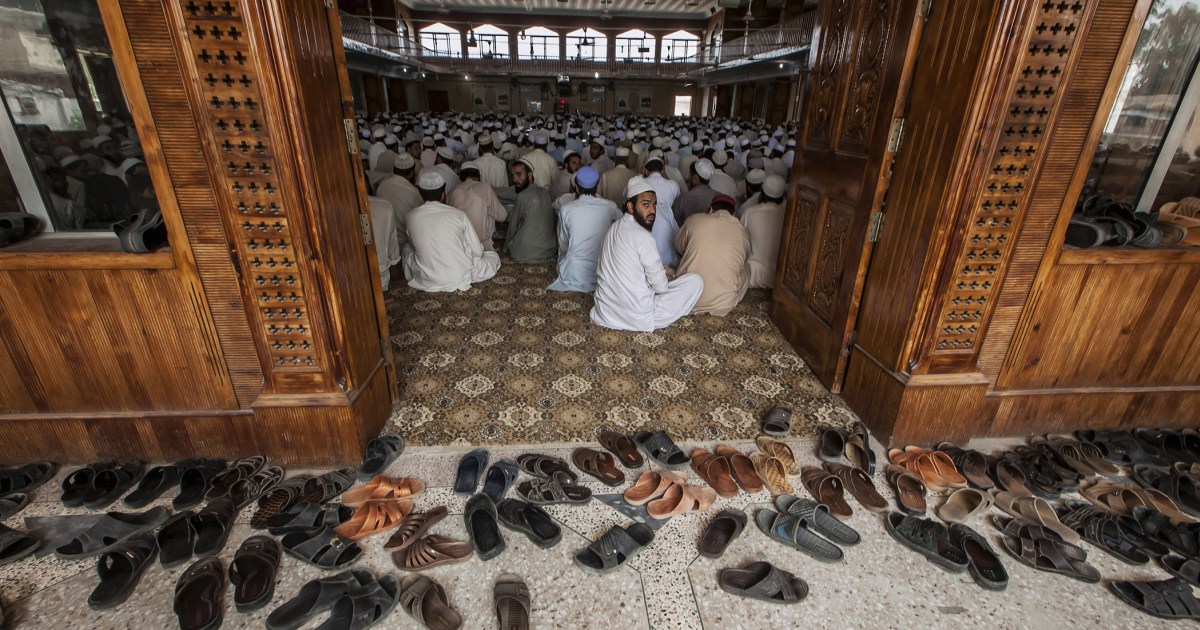
Violence spiked in the days leading up to the elections. Provincial and presidential elections were held on August 20, 2009, despite calls by the Taliban to boycott the elections and the militia's attendant threats to harm those who cast votes. In September 2005, Afghanistan held its first democratic parliamentary elections in more than 25 years.Īfghanistan Holds Second Direct Presidential Elections In May 2005, 17 people were killed during anti-American protests prompted by a report in Newsweek that American guards at the prison at Guantánamo Bay, Cuba, had desecrated the Koran. Karzai was declared the winner in November, taking 55% of the vote, and was inaugurated in December. Ten million Afghans, more than a third of the country, registered to vote, including more than 40% of eligible women. Remarkably, however, Afghanistan's first democratic presidential elections in Oct. President Hamid Karzai's hold on power remained tenuous, as entrenched warlords continued to exert regional control. In 2003, after the United States shifted its military efforts to fighting the war in Iraq, attacks on American-led forces intensified as the Taliban and al-Qaeda began to regroup. maintained about 12,000 troops to combat the remnants of the Taliban and al-Qaeda, and about 31 nations also contributed NATO-led peacekeeping forces.

2001, Hamid Karzai, a Pashtun (the dominant ethnic group in the country) and the leader of the powerful 500,000-strong Populzai clan, was named head of Afghanistan's interim government in June 2002, he formally became president. Osama bin Laden and Taliban leader Mullah Muhammad Omar remained at large. and allied troops to maintain a presence in Afghanistan. However, al-Qaeda members and other mujahideen from various parts of the Islamic world who had earlier fought alongside the Taliban persisted in pockets of fierce resistance, forcing U.S. 7, the Taliban regime collapsed entirely when its troops fled their last stronghold, Kandahar. air support, the Northern Alliance managed with breathtaking speed to take the key cities of Mazar-i-Sharif and Kabul, the capital. and its allies began daily air strikes against Afghan military installations and terrorist training camps. 7, after the Taliban repeatedly and defiantly refused to turn over Bin Laden, the U.S.

Responds to the September 11, 2001, Terrorist Attacks


 0 kommentar(er)
0 kommentar(er)
